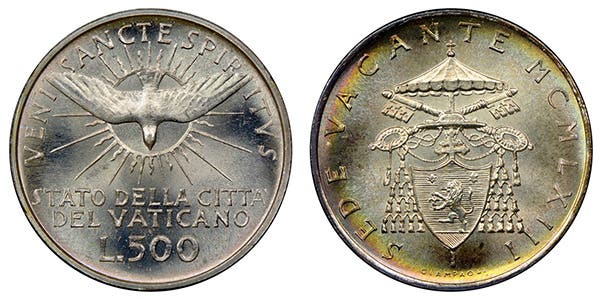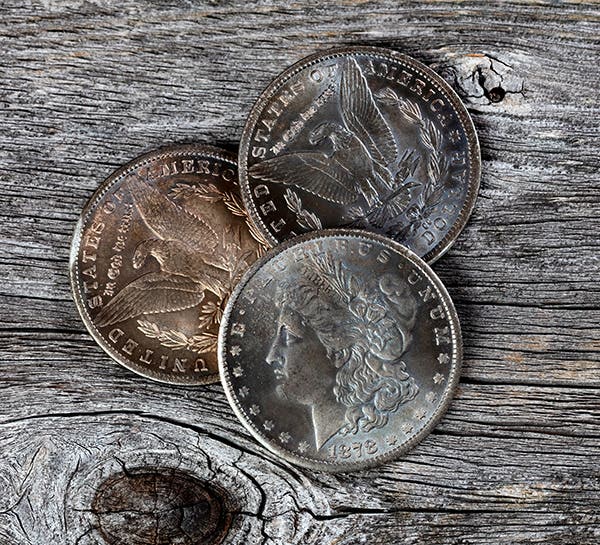CoinClinic: Copper to Blame for Corrosion on Gold Coins
Brown spots and specks on gold coins and the legality of color-enhancing coinage by businesses and citizens.
Are brown spots appearing on gold coins a similar problem to milk spots on silver coins?
Circulation strike U.S. gold coins are comprised of 90 percent gold and 10 percent silver or copper. This is a mix, not gold, on top of a copper or silver core. As a result, some of this copper may either be on the surface or rise to the surface of a coin in time. That copper will eventually react with its environment, causing reddish-brown spots of corrosion.
Are brown specks or spots appearing on U.S. gold coins a problem regarding the desirability of that coin?
According to a Professional Numismatists Guild quarterly newsletter article, “…veteran numismatists appreciate the ‘originality’ that such features impart to an old coin. Copper spots and streaks imply that a coin still has its ‘original skin,’ a term that is used widely within the coin business to describe pieces that have not been improperly cleaned and are thus natural in appearance. Typically, gold coins having original skin will show a fine layer of gentle haze in addition to whatever spotting is present. It may be that originality is an acquired taste that does not come quickly to the novice, but it is something that every buyer of gold coins should strive to understand and appreciate.”
Is painting or color-enhancing a U.S. coin illegal?
The U.S. Mint does not promote colorizing, plating, or altering the surface of any U.S. coin as a matter of policy. However, there is no specific sanction against doing so. According to the U.S. Mint, “Businesses do not need the U.S. Government’s permission to colorize genuine United States coins unless the U.S. Government owns a copyright in the coin design in question.” It is illegal to alter a U.S. coin with the intent of doing so being fraud.
The U.S. issued its first colorized coin, a basketball commemorative, in 2022. If we issued a colorized coin for circulation, how could circulated examples be graded?
According to Numismatic Conservation Services President David Camire, “In general, we grade colorized coins the same as we do non-colorized coins. There are, however, situations unique to colorized: if the colorization is off center. If it is not correctly applied to the coin, or if there are any missing pieces to the colorization.”
What technology was used to color the 2022 Basketball Hall of Fame coins?
The U.S. Mint contracted with LulaRose, a division of The Clancy Group Corporation based in Winchester, MA, to colorize the basketball coins. LulaRose employed an automated process that has been described as involving “pre- and post-treatment, as well as a two-step wet and dry colorization.”
Email inquiries only. Do not send letters in the mail. Send to Giedroyc@Bright.net. Because of space limitations, we are unable to answer all questions.
You may also like:








